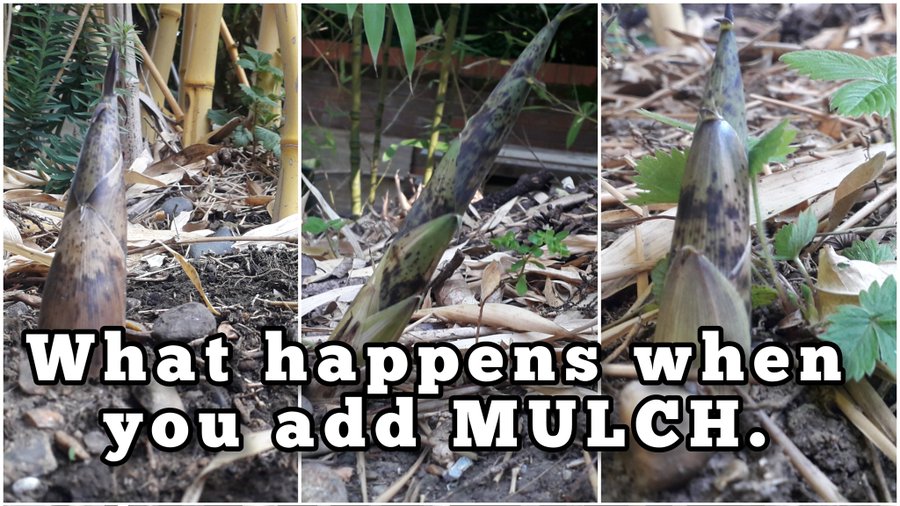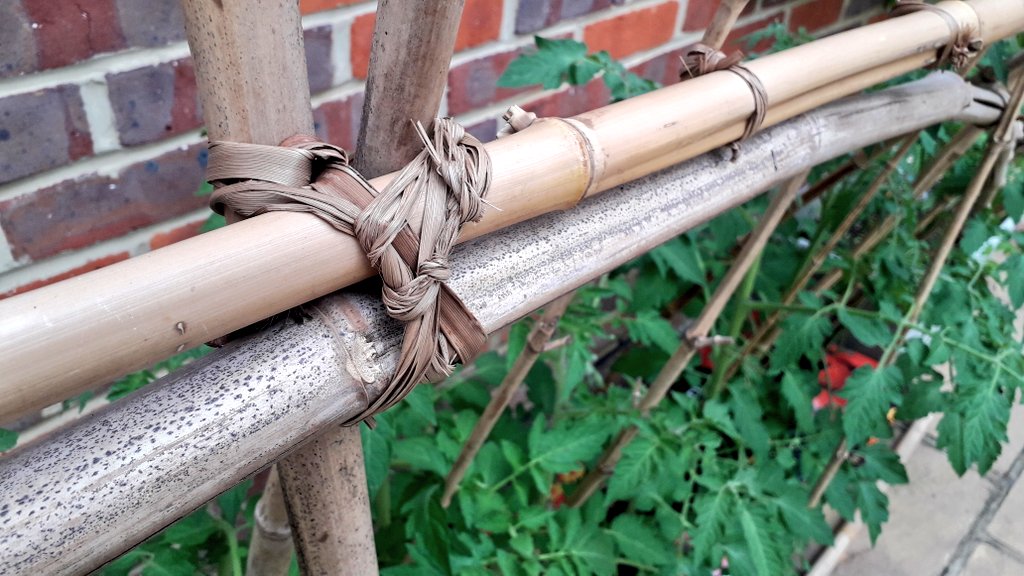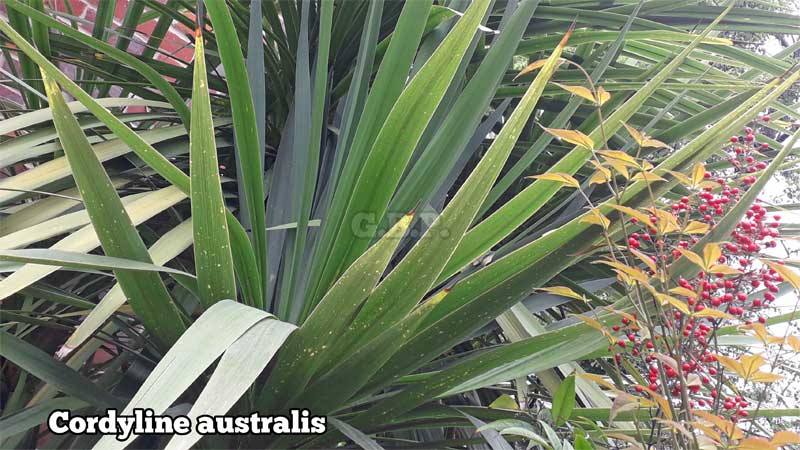The bamboo tree gives a lovely, strong material that can be used for anything from furniture to buildings. However, it is vulnerable to insects and fungi.
Bamboo tree treatment helps protect a lovely, strong material used for anything from furniture to buildings. However, as with any natural product, it is vulnerable to insects and fungi. Bamboo products will only survive a few years. If not treated correctly, they will be infested and destroyed.
Why is Bamboo Tree Treatment Necessary?
Curing and drying bamboo poles is essential to prevent them from splitting or decaying. There are several methods to do this, but the most important thing is to ensure that the bamboo is completely dry before you store it or use it for construction.
Green bamboo may be beautiful but it isn’t the best building material. Fresh bamboo is more appealing to pests and insects and more susceptible to mold and fungus. Furthermore, as the timber dries, it can reduce by 10-15% in diameter and get more rigid. Once this process is finished, bamboo can be used safely.
Methods for Chemical Bamboo Tree Treatment
Chemical preservation is essential for the long-term survival of bamboo trees. There are various types of chemical preservatives, each with its own set of benefits and drawbacks. The type of preservative used will depend on the specific needs and requirements of the project.
Bamboo tree preservatives are classified into two types based on their carrier solvents: non-fixing and fixing-type preservatives. When subjected to rain, non-fixing preservatives would remove the bamboo tree. In other words, non-fixing preservatives should not be used outside.
Non-Fixing Type Bamboo Tree Preservatives
Boron-based bamboo preservatives are an efficient safeguard against borers, termites, and fungi in non-fixing bamboo preservatives. When used correctly, these preservatives create a barrier that keeps pests and rots from penetrating the bamboo surface, thereby extending the life of bamboo products.
How to Prepare Borax-Boric Acid Solution
Bamboo tree treatment with a borax-boric acid solution is the most prevalent bamboo preservative globally, as it is more effective and environmentally sustainable than other preservatives.
Mixing boric acid and borax in a 1:1.5 ratio yields a disodium octaborate tetrahydrate (Na2B8O13 x 4H2O), an alkaline salt. It is usable in the pre-mixed powdered form under the brand names: SoluBor or Tim-Bor, among many others.
The compound disodium octaborate tetrahydrate is an odourless while-coloured powder with relatively low oral and skin poisoning. It is a fire suppressant and does not decompose dangerously.
This boron-based salt is beneficial against algae and fungi and serves as a fungicide and insecticide. It has an endless lifespan and is temperature insensitive. Bamboo can be infused, immersed, or splashed with this chemical once it has been diluted by water.
Generally, two formulas are used: the boric acid/borax in a 1:1.5 ratio and the boric acid/borax/sodium dichromate in a 2:2:0.5 ratio, equivalent to 4-5% concentration, and is preferred for indoor applications.
To increase the concentration to 9%, double the combination: a solution of 4 kg boric acid, 4 kg borax, and 1 kg sodium dichromate in 100 litres of water.
Fixing-Type Bamboo Tree Preservatives
There are various chemical preservation treatments for bamboo, each with advantages. One formulation, for example, may be more impactful against decay fungi, while another may be more effective against insects and other pests.
The fixation process is essential to any successful bamboo preservation treatment. This is the stage at which the various chemicals in the treatment interact with one another and become chemically fixed. The nature of the components, as well as their combination and concentration, will determine the level of fixation and effectiveness.
For example, chromium is fully accountable for fixation, copper is efficient against fungi decomposition and delicate rot, and the third chemical substance is anti-insect and fungus. The fixation process takes several weeks, during which the substance should be kept under the shield. Slow fixation is favoured for bamboo as it enables diffusion and a better selection of salts.
Copper Chrome Boron (CCB)
Copper Chrome Boron is a chemical bamboo treatment, a viable substitute for Copper Chrome Arsenic. Still, it is less efficient and has a lesser level of fixation due to the boron constituent.
Use the mixture of boric acid/copper sulfate/sodium dichromate in a 1.5:3:4 proportion. For indoors, the advised concentration is 6-8%, while for outdoors, it is 8-10%.
Copper Chrome Arsenic (CCA)
Copper Chrome Arsenic is a wider-range chemical bamboo treatment trademarked as AsCu. It safeguards for at least 50 years. Outdoor use is only advised for the arsenic component, which changes the bamboo colour to green.
Use the arsenic pentoxide/copper sulfate/sodium dichromate in a 1:3:4 proportion. For outdoors, the advised concentration is 6% (non-contact with the ground) and 10% (in contact with the ground).
Bamboo Tree Variants for Building Projects
Bamboo is an excellent material for building purposes. It is strong and long-lasting yet lightweight and flexible to work with. It is also eco-friendly, as it is a renewable resource that can quickly replenish.
There are many bamboo trees, and not all are suitable as building materials. Some varieties of bamboo are too weak or brittle, while others are too difficult to work with. However, a few superior varieties of bamboo are perfect for construction projects.
Phyllostachys edulis, also known as Moso bamboo, is a popular building material in China. Moso is a mild climate, running species that can develop in the United States but will not grow as large as it would in its natural environment. Warmer climates cause it to keep growing.
Guadua is a species of clumping, gigantic bamboo native to Central and South America. If you’re working on a large project and are willing to import a few bamboo from abroad, Guadua Angustifolia stands as an excellent option.
Chusquea is another species of clumping neotropical bamboo. It’s particularly fascinating for construction since most species have solid (or nearly solid) culms instead of hollow ones, so cracking isn’t a problem. Chusquea Gigantea is the most beneficial species.
Other Uses of Bamboo Trees
The bamboo tree is a versatile tree with a wide range of uses. It can be used for everything from construction to crafts, and it has a long history of being used by humans.
Apart from its uses for building houses, fences, and other structures, bamboo is very flexible, making it perfect for crafting. It can be made into baskets, mats, bowls, and other household items. Bamboo crafts are popular around the world.
Bamboo is also used as a fuel, for paper production, for medicines, and to improve soil structure.
*SOURCE ACKNOWLEDGEMENT & LINK BACK: This work is by Brendan McMahon, and appears on BORATES TODAY



![Phyllostachys Aurea Golden Bamboo [Fishpole Bamboo] phyllostachys aurea UK](https://pbs.twimg.com/media/FaMAFSkWAAAt31P?format=jpg&name=medium)
![Golden Yellow Stem Bamboo [Phyllostachys vivax f. aureocaulis] Golden Yellow Cane Bamboo](https://i0.wp.com/www.gardenbambooplants.com/wp-content/uploads/2021/10/golden-chinese-bamboo-vivax1-scaled.jpg?resize=1536%2C864&ssl=1)

![Bambusoideae Phyllostachys Bambusoides [Japanese Timber Bamboo] Bambusoideae Bambusoides Japanese Timber Bamboo](https://i0.wp.com/www.gardenbambooplants.com/wp-content/uploads/2021/10/Giant-Timber-Bamboo-Medake1.jpg?w=800&ssl=1)




